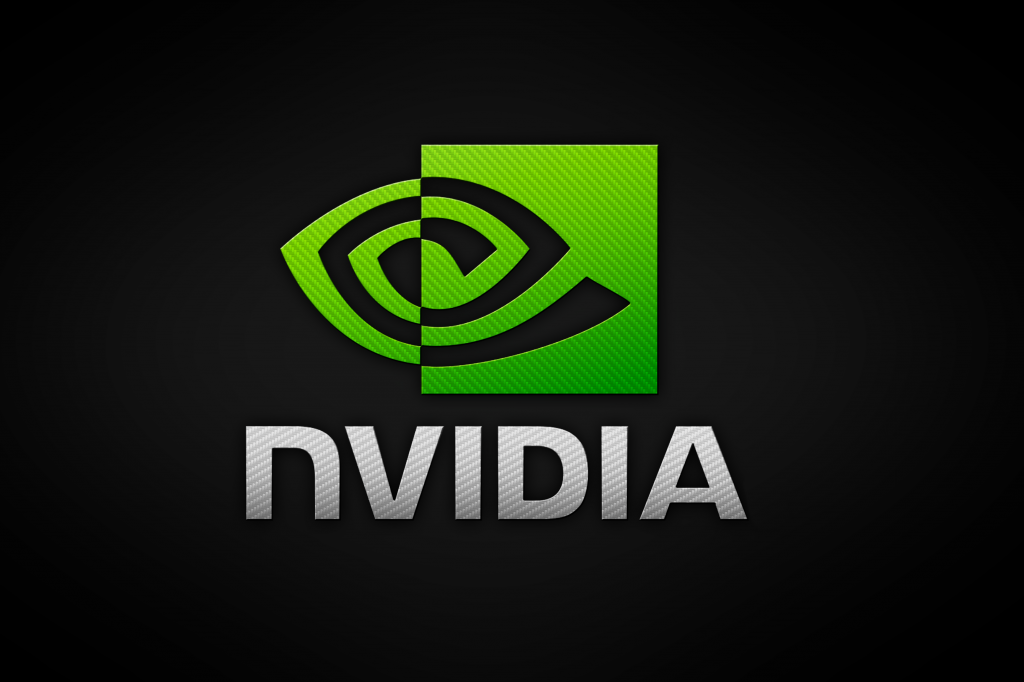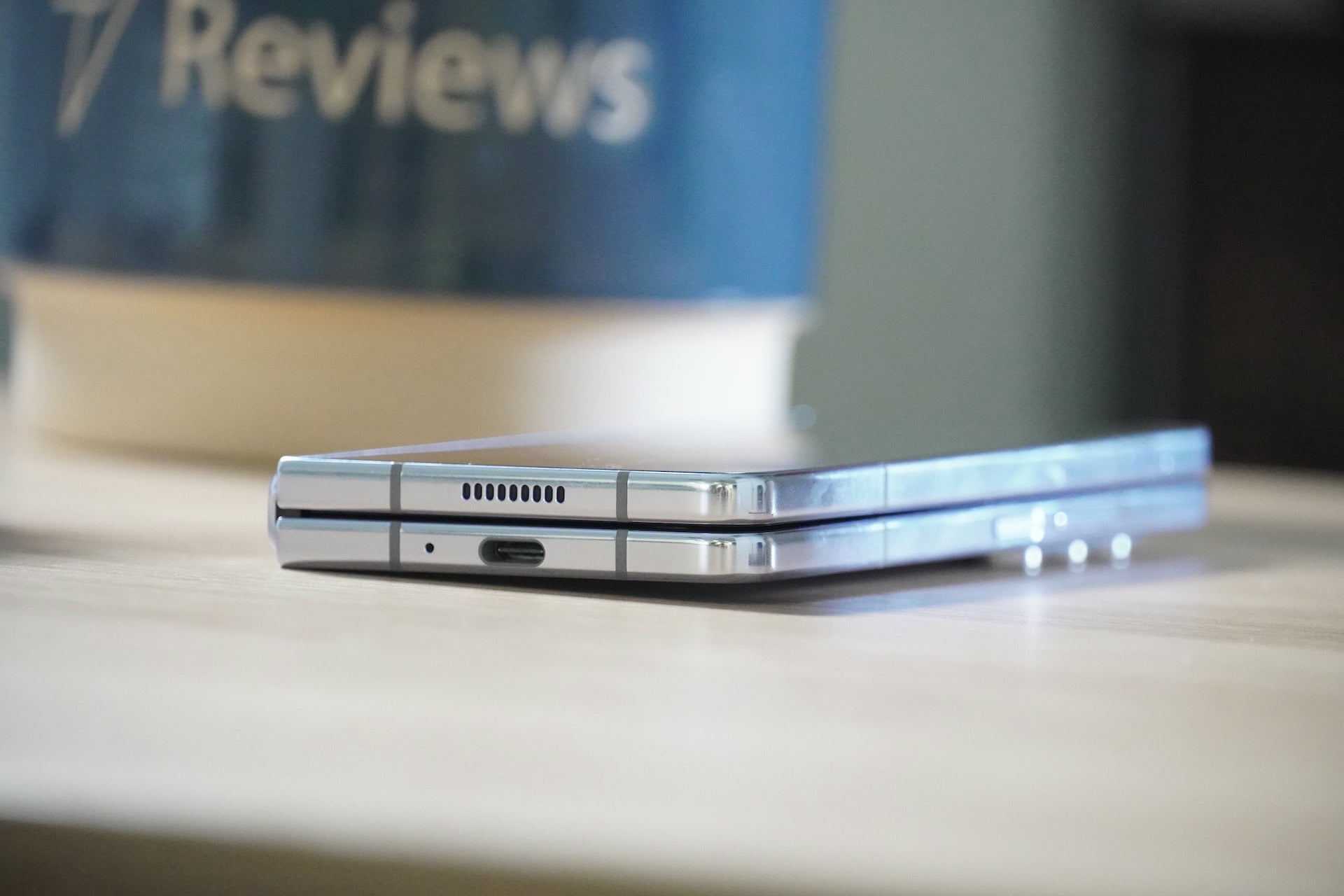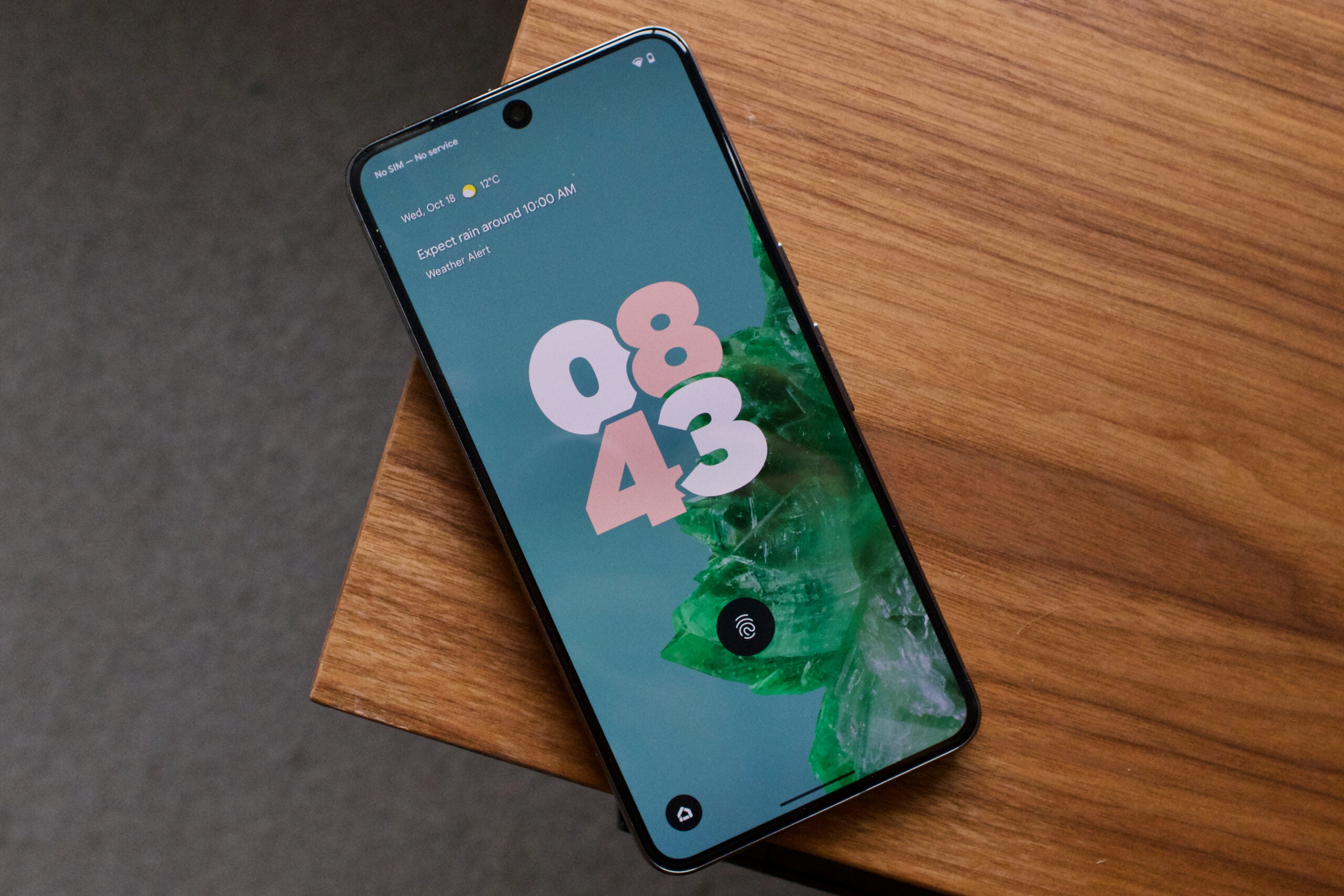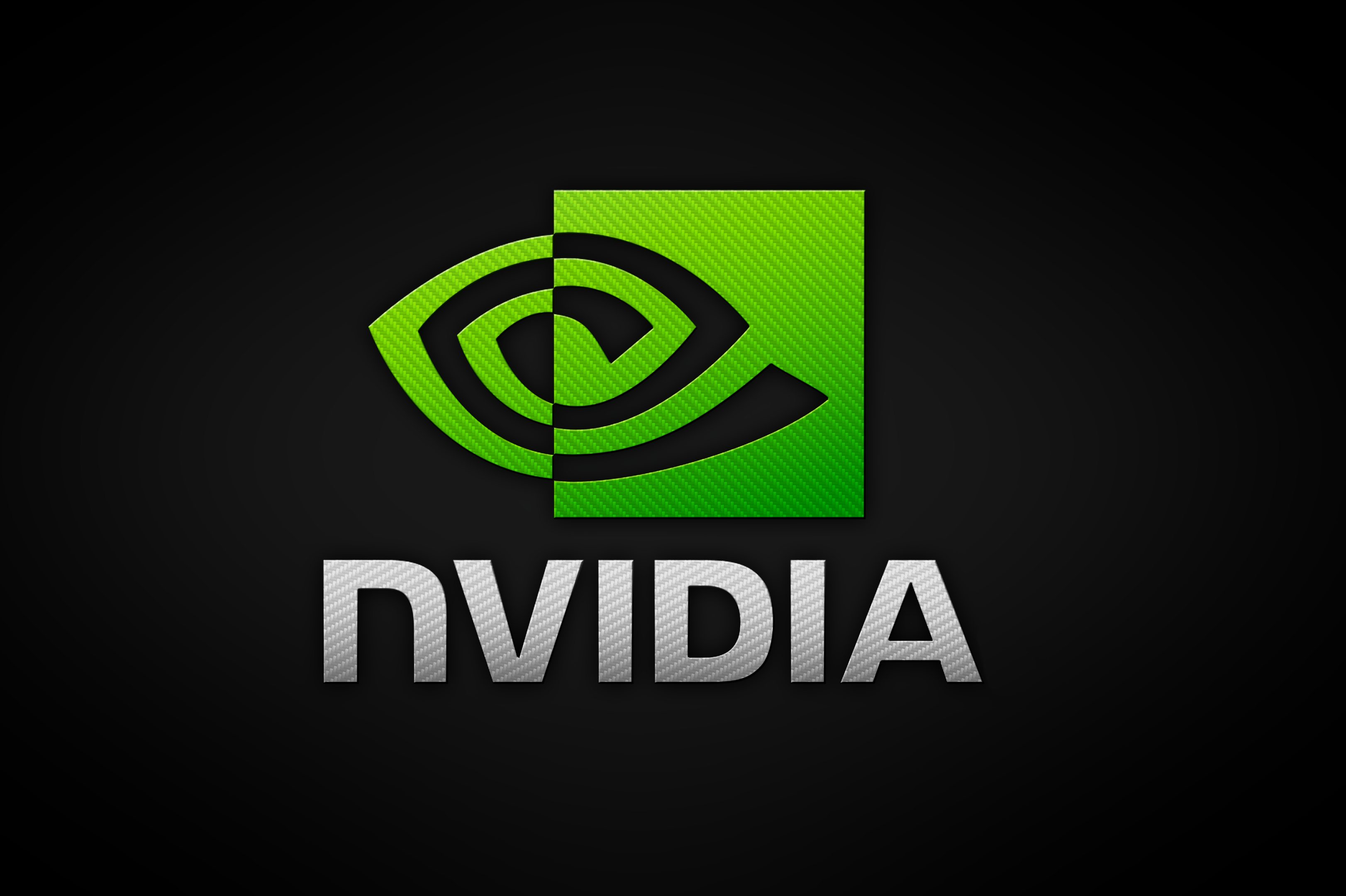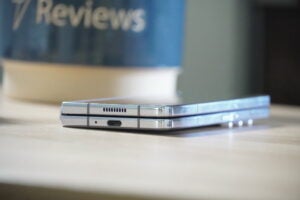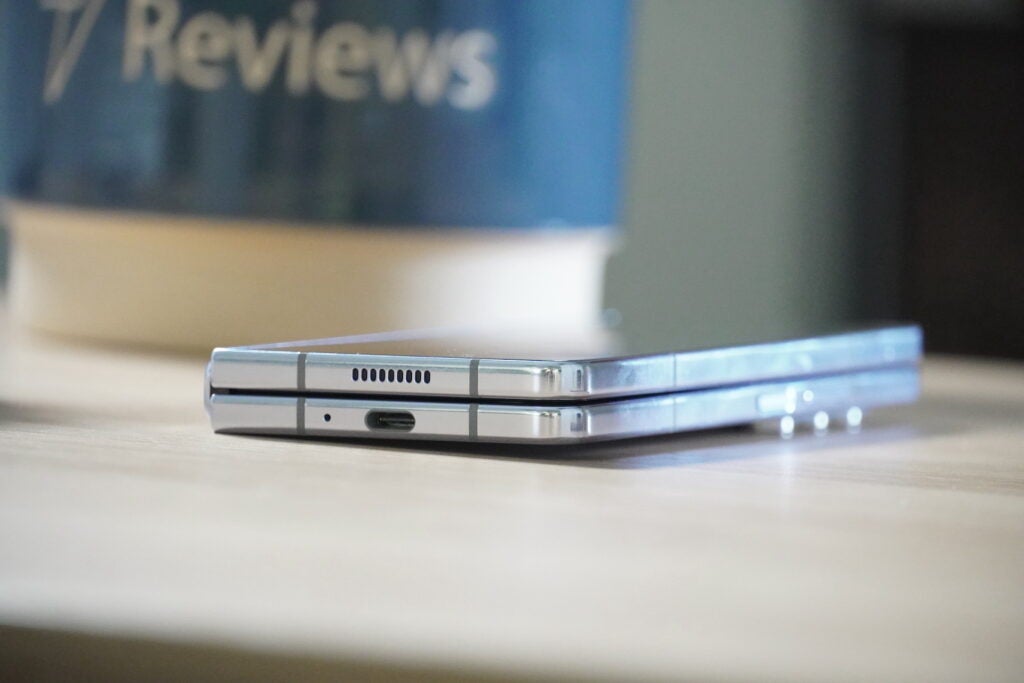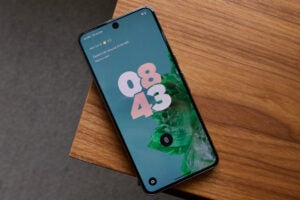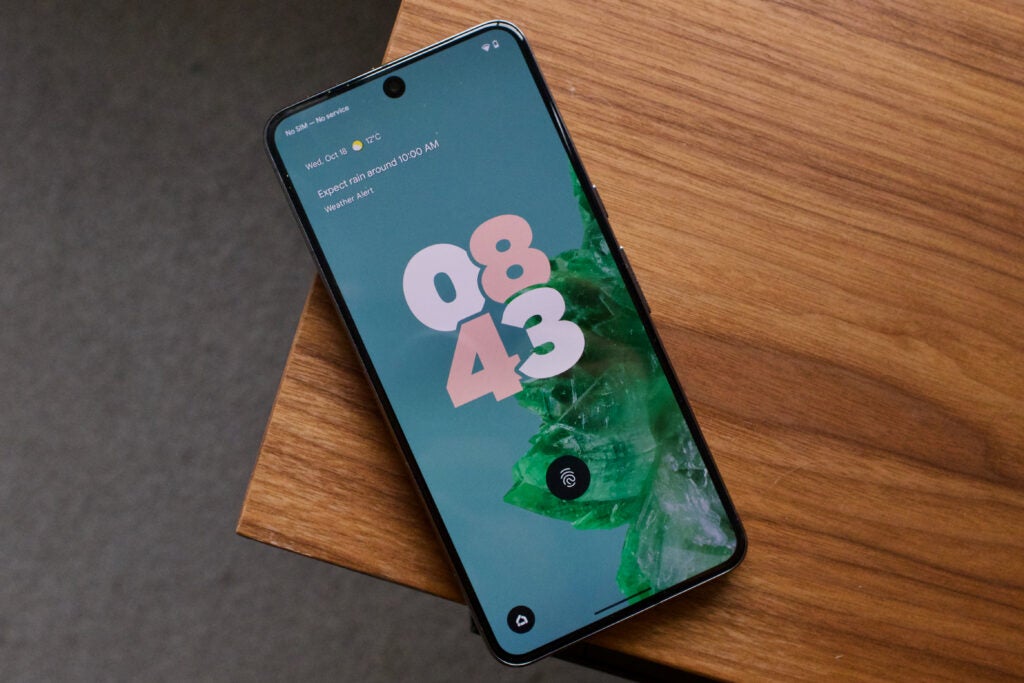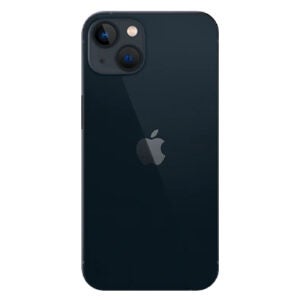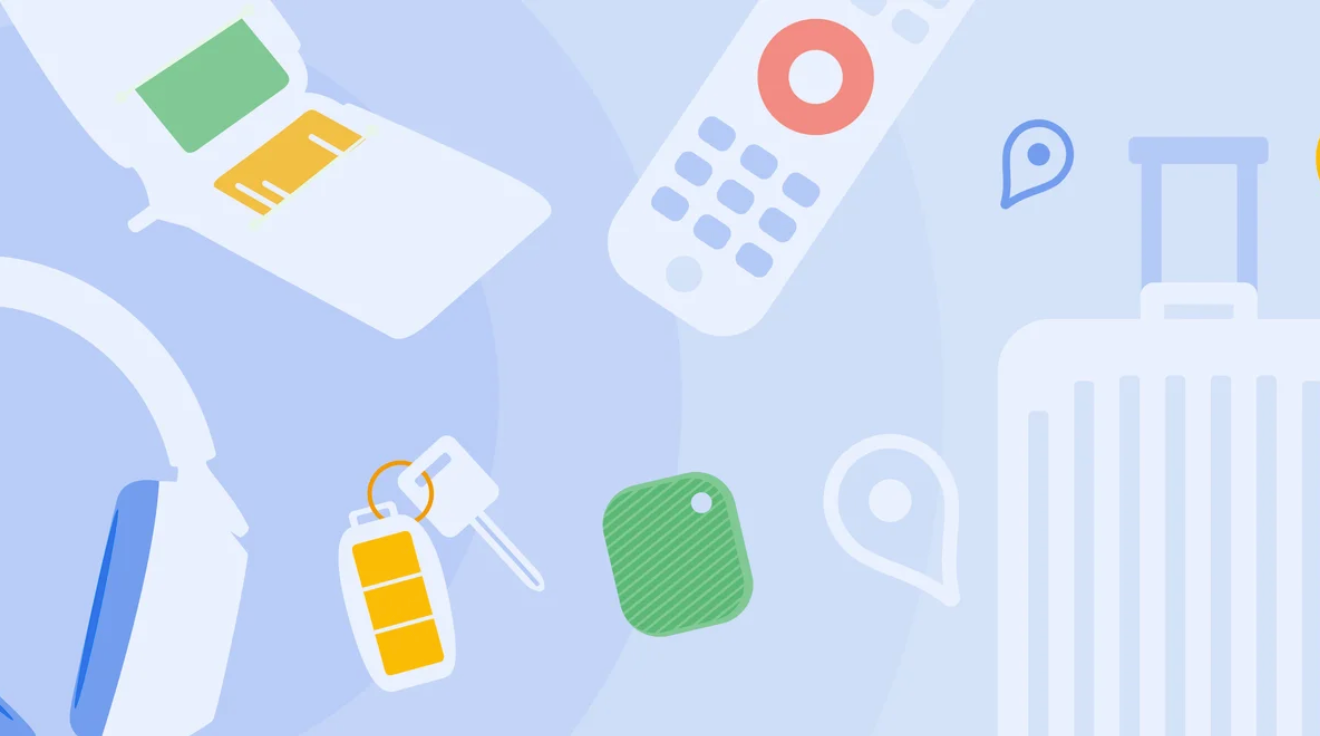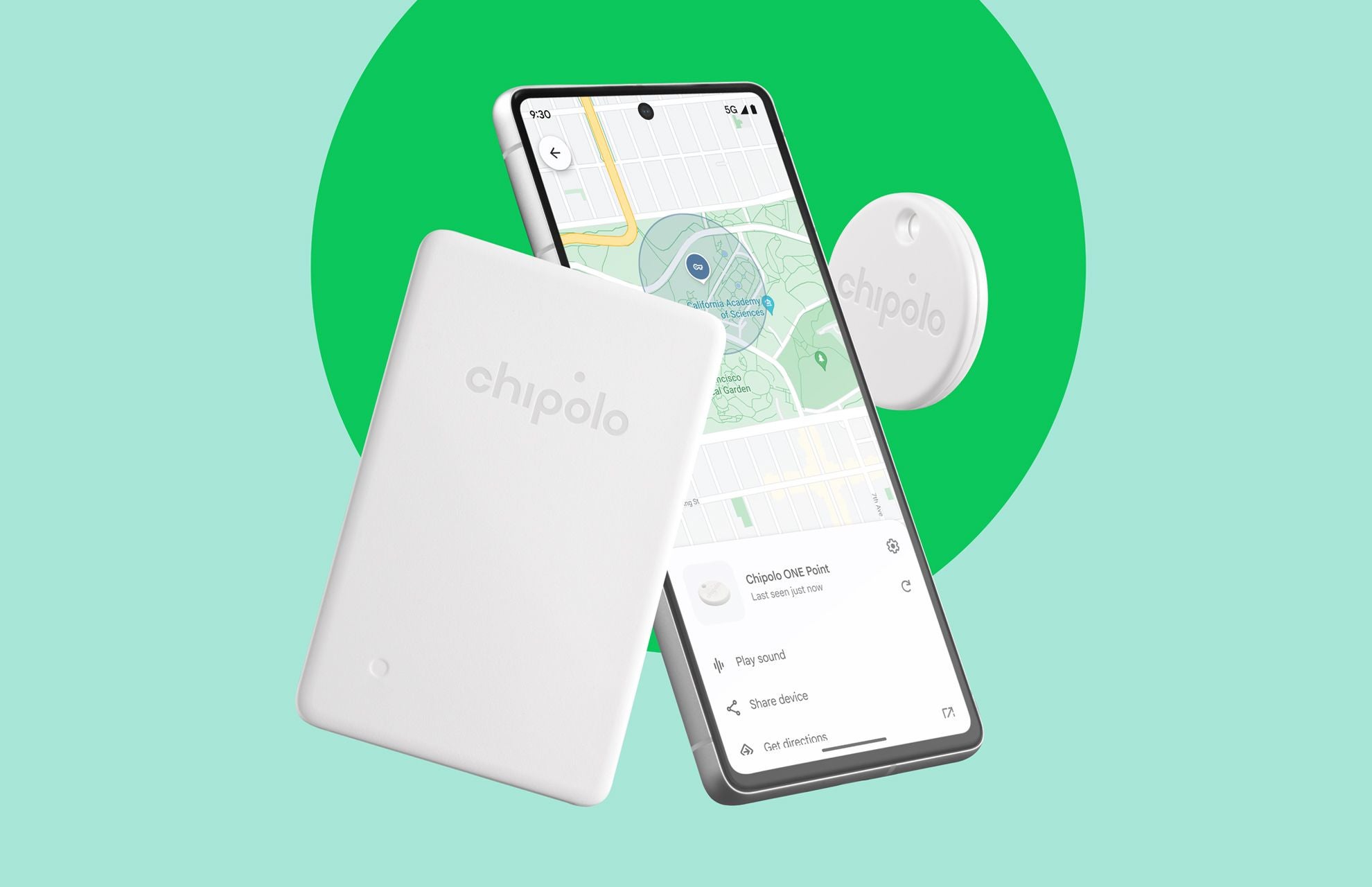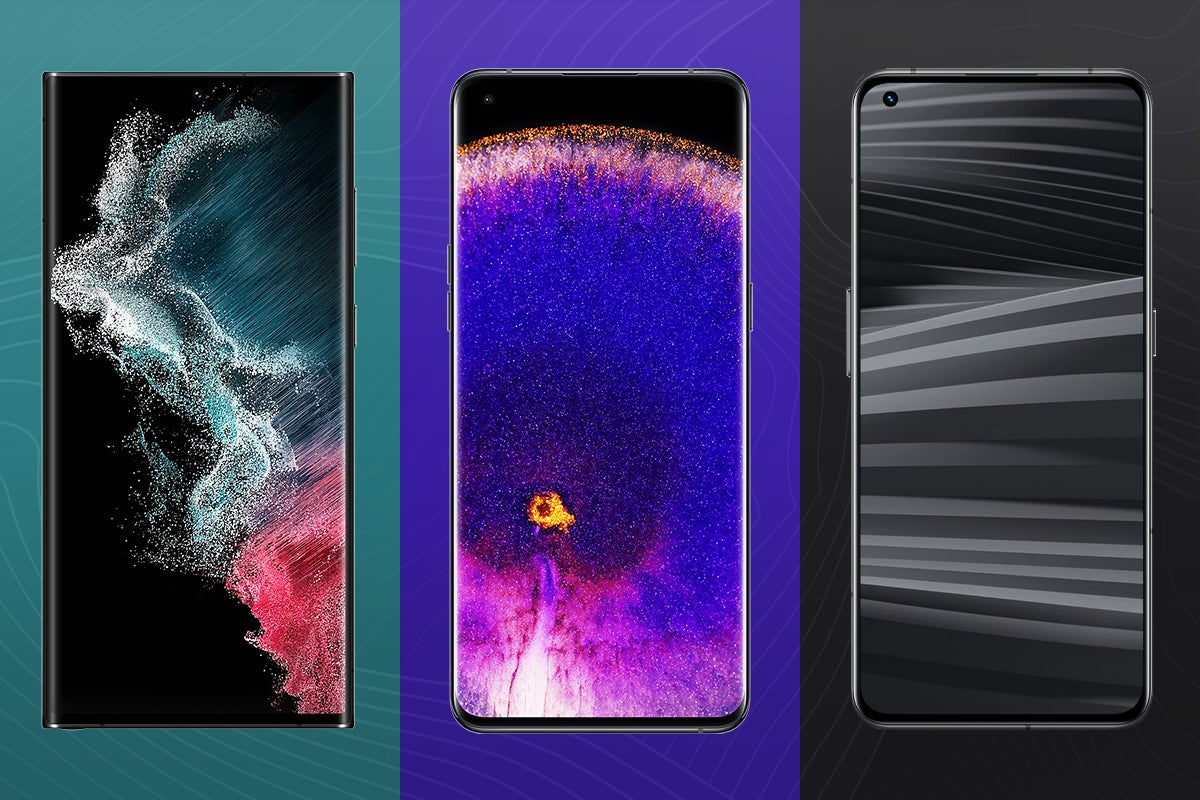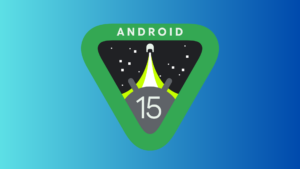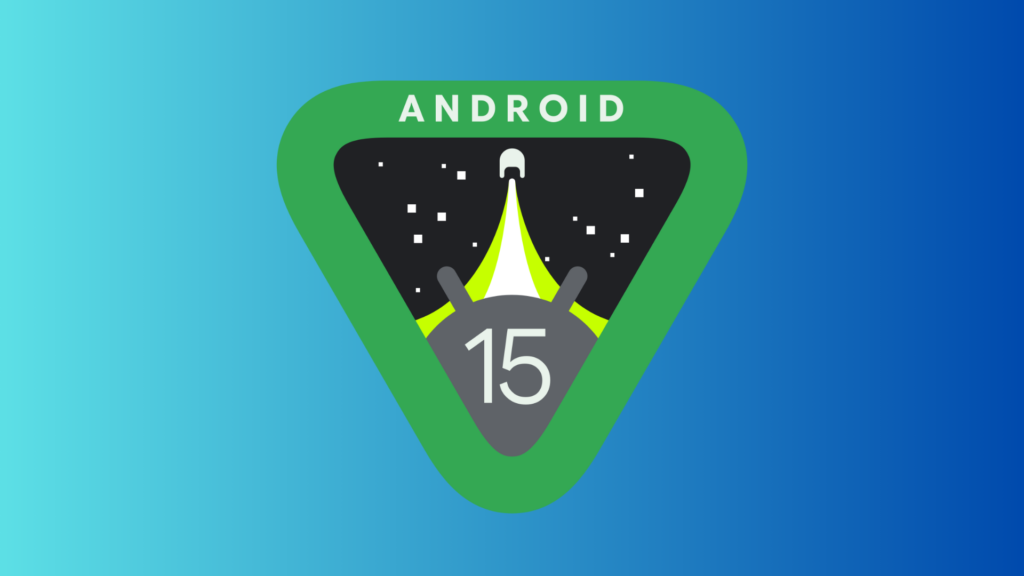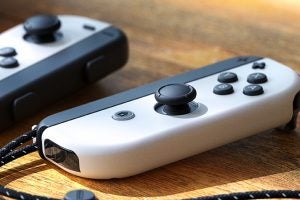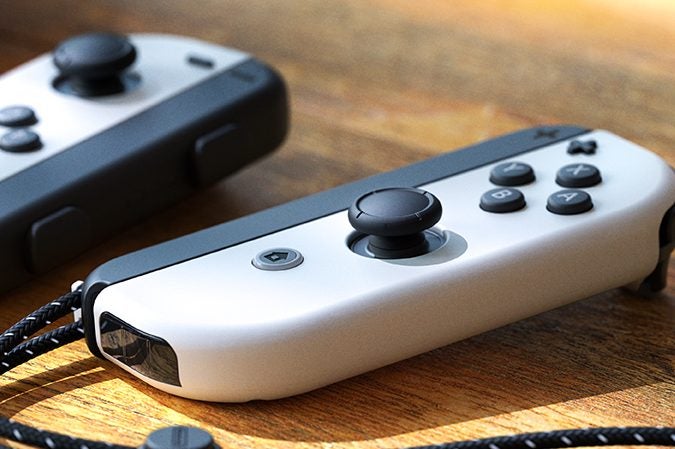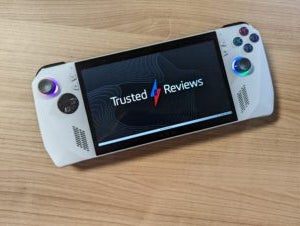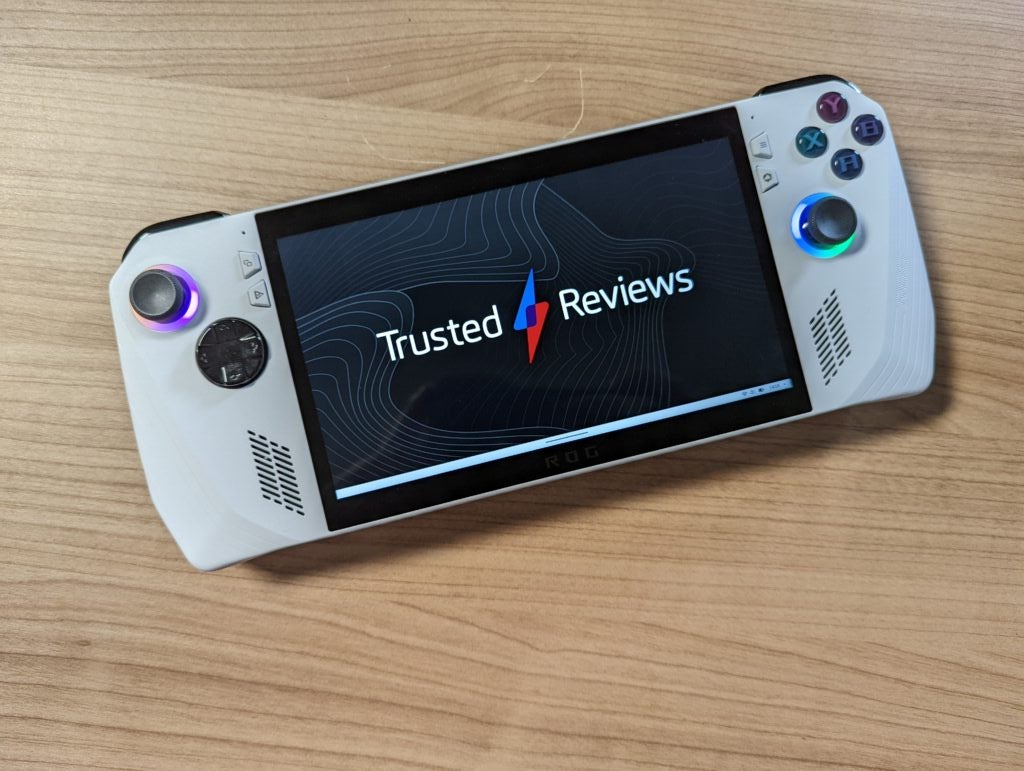Nvidia and MediaTek could be teaming up on gaming handheld chip

Nvidia and MediaTek are reportedly working together to produce a new chip that could power the handheld gaming PCs of tomorrow.
It all starts with an X (formerly Twitter) post from analyst Dan Nystedt, which reveals an industry rumour that the two chip giants are co-developing an Arm-based AI processor for PCs. Apparently, the design will apparently be finalised in the third quarter of 2024, and verified in the fourth quarter.
Manufacturing is said to be set for the first half of 2025 on TSMC’s 3nm process, and we could hear official news on the chip from MediaTek at Computex Taipei 2024 in June. With a price said to be around the $300 mark, this will be one premium PC chip.
Yep and Mediatek is also working on gaming handled SoC with Nvidia GPU as Jensen is frustrated by Nintendo and he sees a good market potential.
— AGF (@XpeaGPU) May 15, 2024
PS: its different than the new NV semi-custom div that tries to reenter the console market (some CN clients are already interested) https://t.co/sBuYVLJILc
Leaker XpeaGPU followed this up by confirming the rumour, as well as claiming that Mediatek was also producing a gaming handled SoC, with Nvidia providing the GPU.
With Nvidia already tipped to be supplying Nintendo with a custom Tegra chip for the Switch 2 next year, 2025 could be a big year for handheld gaming machines.
Indeed, the suggestion here is that Nintendo’s habit of using mature technology (which is both proven and cheap) is causing some frustration at Nvidia HQ – the ‘Jensen’ being mentioned here a reference to Jensen Huang, co-founder and CEO of Nvidia. The Taiwanese company apparently sees a great deal of potential in the handheld gaming SoC space, and seems eager to press forward with a more advanced solution.
You might like…
The post Nvidia and MediaTek could be teaming up on gaming handheld chip appeared first on Trusted Reviews.
